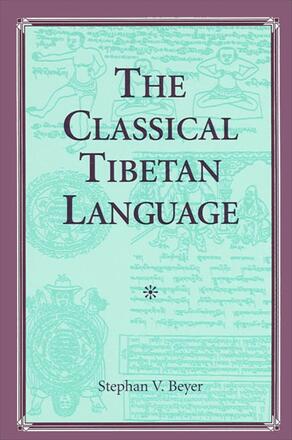
The Classical Tibetan Language
Alternative formats available from:
Description
Among Asian languages, Tibetan is second only to Chinese in the depth of its historical record, with texts dating back as far as the eighth and ninth centuries, written in an alphabetic script that preserves the contemporaneous phonological features of the language.
The Classical Tibetan Language is the first comprehensive description of the Tibetan language and is distinctive in that it treats the classical Tibetan language on its own terms rather than by means of descriptive categories appropriate to other languages, as has traditionally been the case. Beyer presents the language as a medium of literary expression with great range, power, subtlety, and humor, not as an abstract object. He also deals comprehensively with a wide variety of linguistic phenomena as they are actually encountered in the classical texts, with numerous examples of idioms, common locutions, translation devices, neologisms, and dialectal variations.
Stephan V. Beyer has a Ph. D. in Buddhist Studies and is author of The Cult of Tara: Magic and Rituals in Tibet and The Buddhist Experience. He is currently an attorney and partner at Sidley and Austin in Chicago.
Reviews
"Beyer's work is the first grammar of classical literary Tibetan that adopts a genuinely fresh approach to the language, abandoning the tired (and often inaccurate) conventions of Indo-European grammar that dominate the available textbooks. Though some of his conclusions and assertions may be controversial, Beyer forces us to think about the distinctive features of Tibetan in a challenging and animated fashion. His many examples, drawn from all branches of the literature, are superb.
"The fields of Buddhist Studies, Asian History, and Comparative Literature have all suffered as a result of the limited access to Tibetan primary sources. Beyer's book will significantly contribute to rectifying this state of affairs. " — Matthew Kapstein, Columbia University